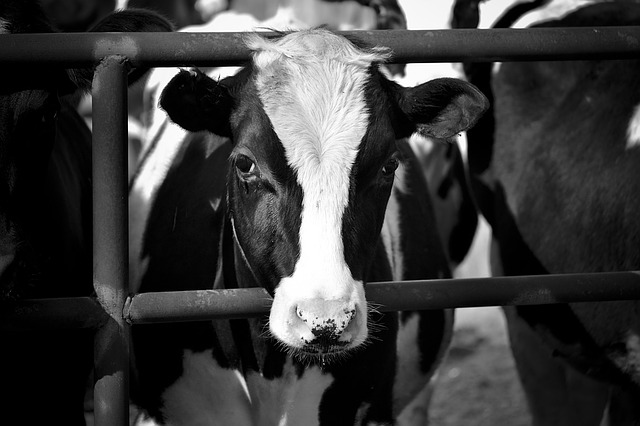As a farm owner, you must understand the fundamentals of handling cattle and cattle inventory to ensure the animals are kept healthy and safe. The type of cattle handling techniques can greatly impact their well-being and productivity, as well as the overall profitability of the farm.
This blog post will explore different cattle handling techniques that any farm owner should be aware of. By understanding the fundamentals of cattle handling, you can create an efficient, successful, and safe workflow on your farm.
Read on.
Adjusting the Environment for Cattle Handling
Cattle handling should be done in a safe and comfortable environment with no obstructions. If you handle cattle in a barn or stable, ensure the area is clean and free of debris.
Also, see if there are no sharp edges or objects that can injure the cattle. If you are handling cattle in an open area, ensure no large holes or dips could cause the cattle to trip and fall.
Additionally, check the terrain to see if it is free of debris and sturdy enough to support the cattle.
Working With Cattle in Confined Spaces
Understand cattle behavior in tight spaces and how to move them safely. You must also know the best practices for working with cattle in confined spaces. When doing so, noise and sudden movements should be avoided, as this can agitate the animals.
Moving the cattle from one confined space to another should be done slowly and methodically. Remain alert and mindful of the cattle at all times, as unexpected movements or loud noises can cause a stampede or panic.
Identifying Dominant Animals
This is a crucial part of keeping your animals safe and healthy and preventing potential conflicts. You can do this by observing their behavior. The dominant animal will usually be the first to eat, drink, and move around in a herd and will often display aggressive behaviors such as chasing other animals or butting heads.
The dominant animal can change over time as new animals join the herd or as the existing animals grow older and stronger. Knowing which dominant animals can help you decide how to manage your herd best.
Utilizing Calm and Quiet Methods
Calm and quiet methods sometimes referred to as low-stress cattle handling, are important techniques a farm owner must understand. This handling reduces animal stress, improves animal health, and helps maintain a safe and efficient work environment.
When working with cattle, remain calm and controlled. Move slowly and quietly, allowing the animals to become accustomed to your presence and take cues from your body language.
Use low-pressure approaches to herd animals, such as walking around the perimeter of the herd or using a fence line to guide them. Moreover, speak softly, and if you must use a louder voice, make sure it is controlled and not sudden.
Proper cattle handling helps to build trust between you and the animals and can also help with training.
Understanding Animal Behavior and Responding Appropriately
Cattle are naturally afraid of humans, loud noises, and sudden movements. Respect their fear and move slowly when handling them.
As the farm owner, it is your responsibility to learn the body language of cattle and respond appropriately. For example, if a cow lowers its head and stops moving, it is likely feeling tense and may need a few moments to relax.
Giving the cow a few minutes to adjust to the situation before continuing is the best course of action. Understanding the cattle’s behavior and responding appropriately will help ensure the safety of the animals and the people handling them.
Final Word
Proper cattle handling techniques are essential for any farm owner. The right techniques will ensure the safety of both the animals and the handlers and help reduce stress and agitation in the animals.
We hope the above tips were helpful. If you have any questions or concerns, feel free to ask us in the comments!




